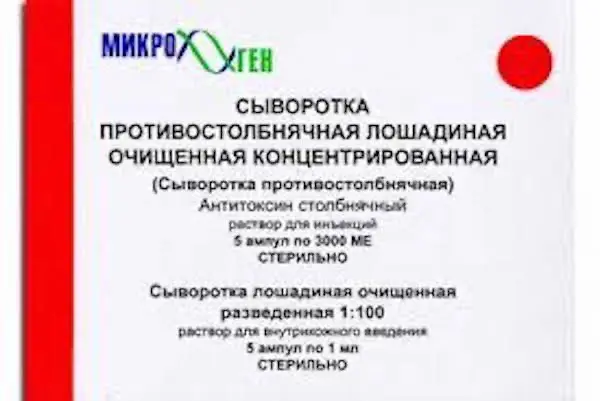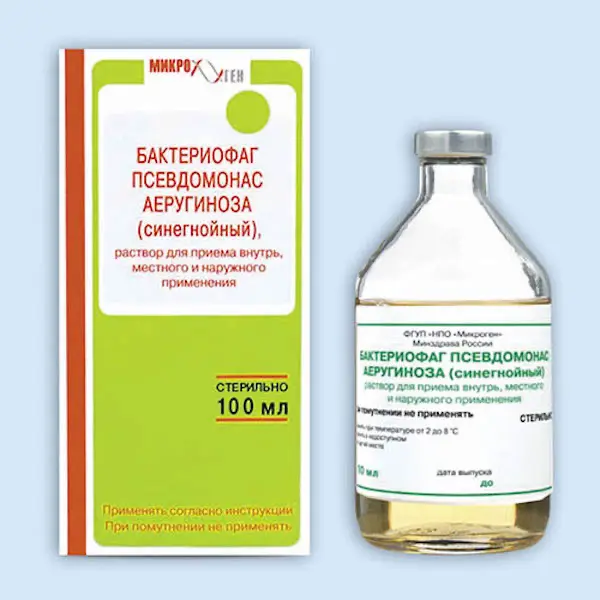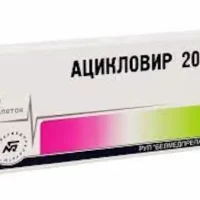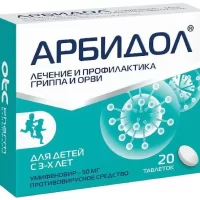Description
Tetanus antitetanus serum Pharmacodynamics
Detoxifying.
Neutralizes tetanus toxins.
Indications
– Emergency specific prophylaxis and treatment of tetanus.
Contraindications
No contraindications for the use of tetanus serum.
Directions for use and dosages
- Treatment of tetanus. Antitetanus serum is administered to patients as soon as possible from the onset of the disease in a dose of 100,000 to 200,000 ME.
- The serum is injected intravenously or into the spinal canal after a foreign protein sensitivity test (see below). Depending on the severity of the disease, the serum is repeated until the reflex convulsions disappear.
- Emergency prophylaxis of tetanus. Emergency tetanus prophylaxis involves primary surgical treatment of the wound and creation of specific immunity against tetanus, if necessary.
- Emergency specific tetanus prophylaxis is carried out for:
- – injuries with violation of the integrity of the skin and mucous membranes;
- – Frostbite and burns of the second, third and fourth degree;
- – Out-of-hospital abortions;
- – Out-of-hospital childbirth;
- – gangrene or necrosis of any kind, abscesses;
- – animal bites;
- – Penetrating gastrointestinal injuries.
- For emergency specific prophylaxis of tetanus are used:
- – AC – anatoxin;
- – Anti-Tetanus Human Immunoglobulin (HRTI);
- – In the absence of HIPC, purified concentrated horse tetanus antitetanus serum (PTS) is used.
- AC-anatoxin and PSCHI are administered in accordance with the instructions for use of these drugs.
- The scheme of selection of prophylactic agents for emergency specific prophylaxis of tetanus is presented in Annex No. 1.
- Antitetanus serum for emergency tetanus prophylaxis is administered subcutaneously in a dose of 3000 ME.
- Before administering the antitetanus serum, an intradermal test with purified horse serum diluted 1:100 is performed to detect sensitivity to a foreign protein. The test is performed using 0.1 ml syringes with thin needles. The diluted serum is injected intradermally into the flexor surface of the forearm in the volume of 0.1 ml. The reaction is recorded after 20 min.
- The test is negative if the diameter of the lump or reddening appearing at the injection site is less than 1 cm. The test will be considered positive if the lump or reddening is 1 cm in diameter or greater.
- If the intradermal test is negative, the antitetanus serum is injected subcutaneously in an amount of 0.1 ml (use a sterile syringe, close the opened ampoule with a sterile napkin). If there is no reaction after 30 minutes, use a sterile syringe to administer the entire prescribed dose of serum subcutaneously (for preventive purposes), intravenously or into the spinal canal (for therapeutic purposes).
- If the intradermal test is positive or if there is an anaphylactic reaction to a subcutaneous injection of 0.1 ml of tetanus antiserum, further administration is contraindicated. In this case, the administration of PSCHI is indicated.
- Administration of the drug is recorded in the established record form with the date of vaccination, dose, manufacturer of the drug, series number, reaction to the drug administration.





